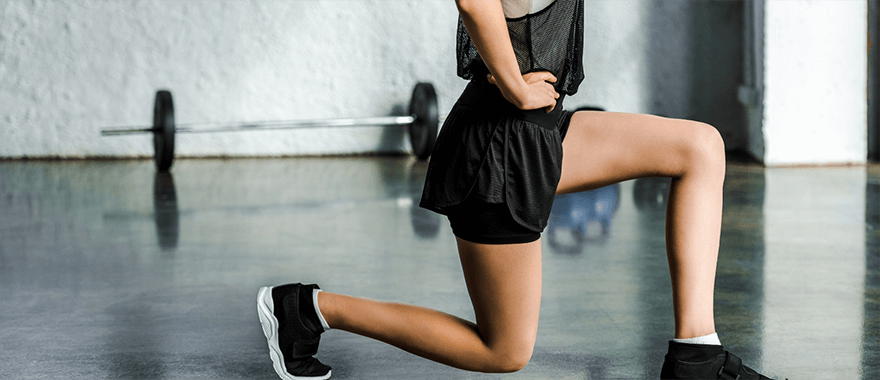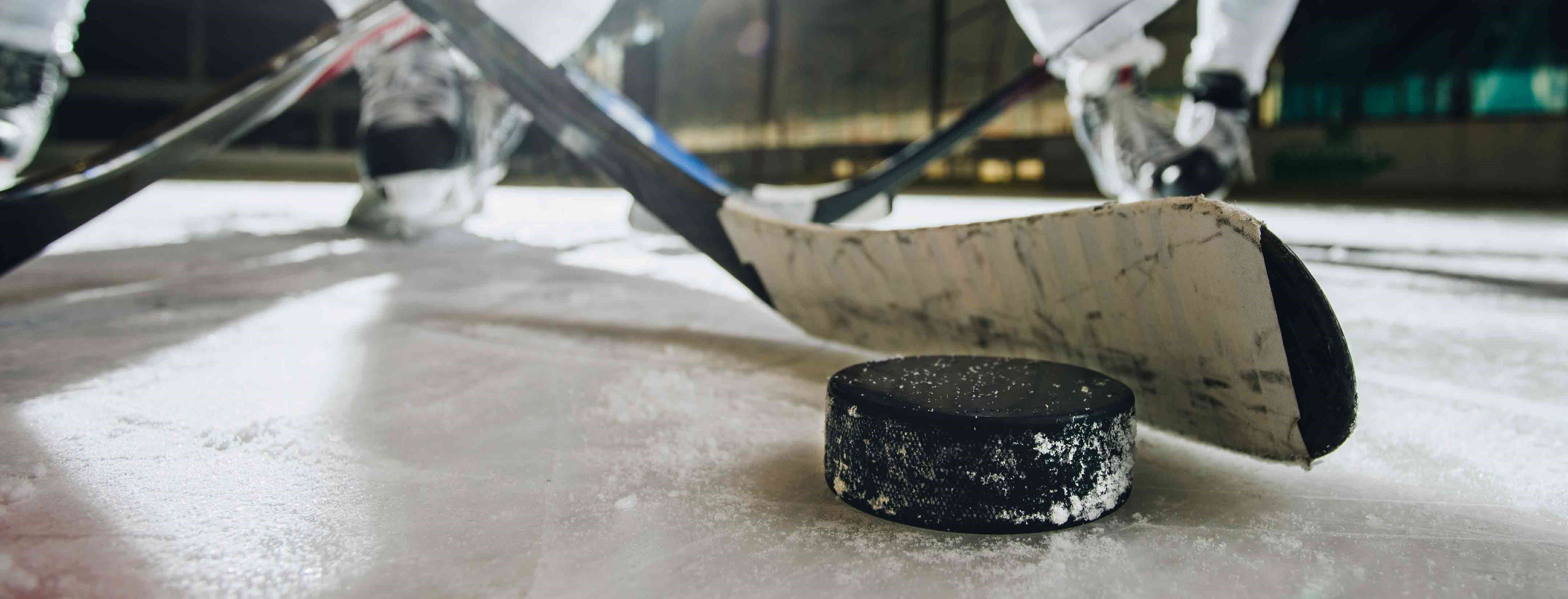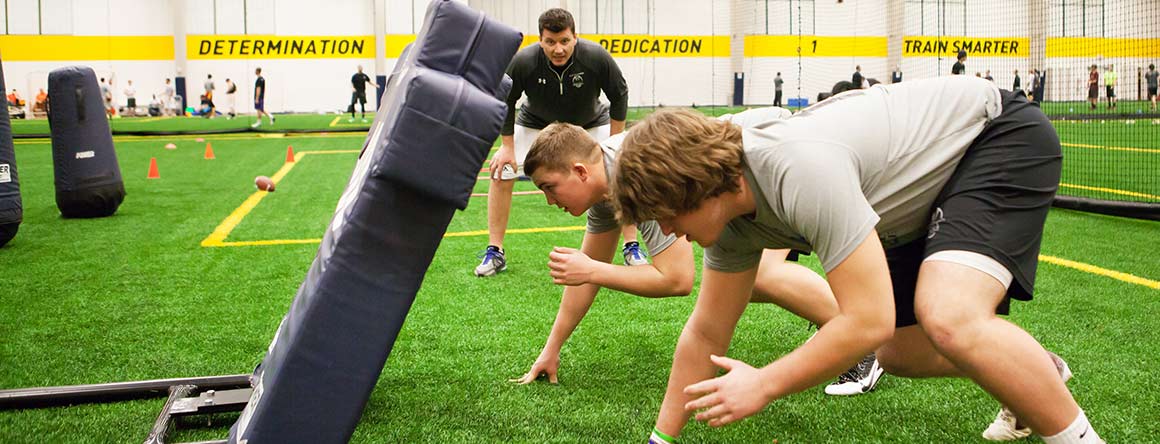How proper lunge form improves athletic performance

Lunges are a beneficial movement for those in athletic training and physical therapy programs. This lower-body workout maximizes muscle activation, prevents injuries and improves balance, stability and flexibility.
When performed correctly, lunges target the glutes (gluteus maximus, gluteus medius and gluteus minimus), quadriceps, hamstrings, calf muscles and core all in one movement. Proper form is important to get the benefits of this workout without overloading your knees.
What is proper lunge form?
- Start by standing with your feet shoulder-width apart.
- Take a long step forward, putting your lead leg ahead of your torso in a stance position.
- Keep your spine straight by pulling in your abs and engaging your core.
- Lower into a lunge position.
- Keep your lead leg flat as your back heel rises off the floor.
- Do not allow your front knee to extend over your toes.
- Keep your back knee at a 90-degree angle.
- Rise to return to a stance position and repeat.
Lunge variations
Try these variations to target different muscles in the lower body.
Walking lunge
Follow the steps of a traditional lunge, but instead of returning to the original standing position, keep your weight on your front foot and use your back leg to step forward. This more upright posture shifts focus to the medial quad and hamstrings.
Reverse lunge
Keep the form of a traditional lunge but step backward instead. This will cause you to lean forward a bit, which can intensify gluteal and hamstring engagement.
Curtsy lunge
Target the gluteus medius and hip adductors by crossing one leg behind the other in a curtsy motion.
Training recommendations
Start with 2 to 3 sets of 12 to 15 reps and progress to 2 to 3 sets of 6 to 8 reps with weights.



